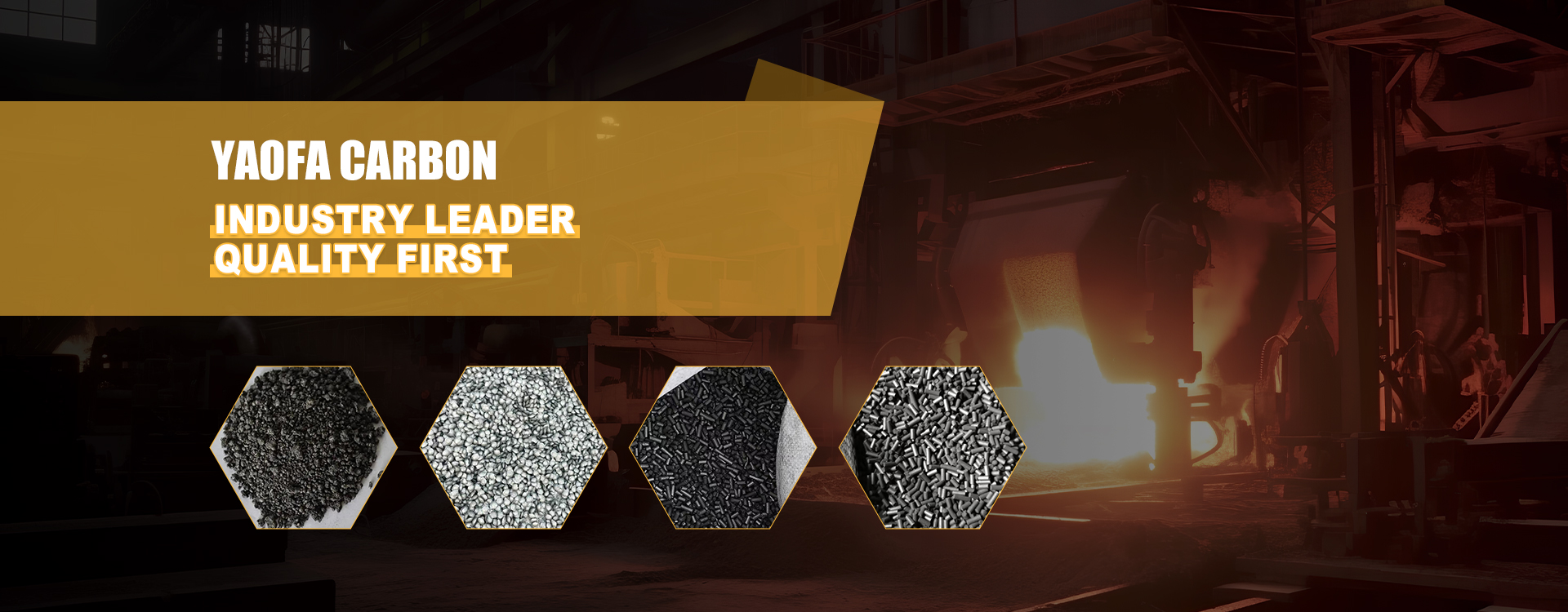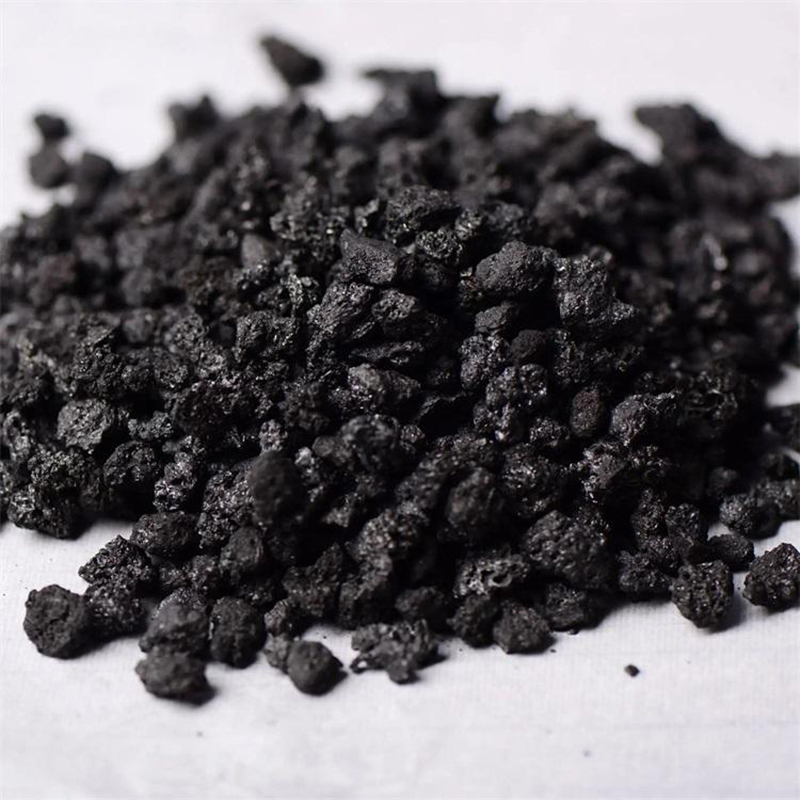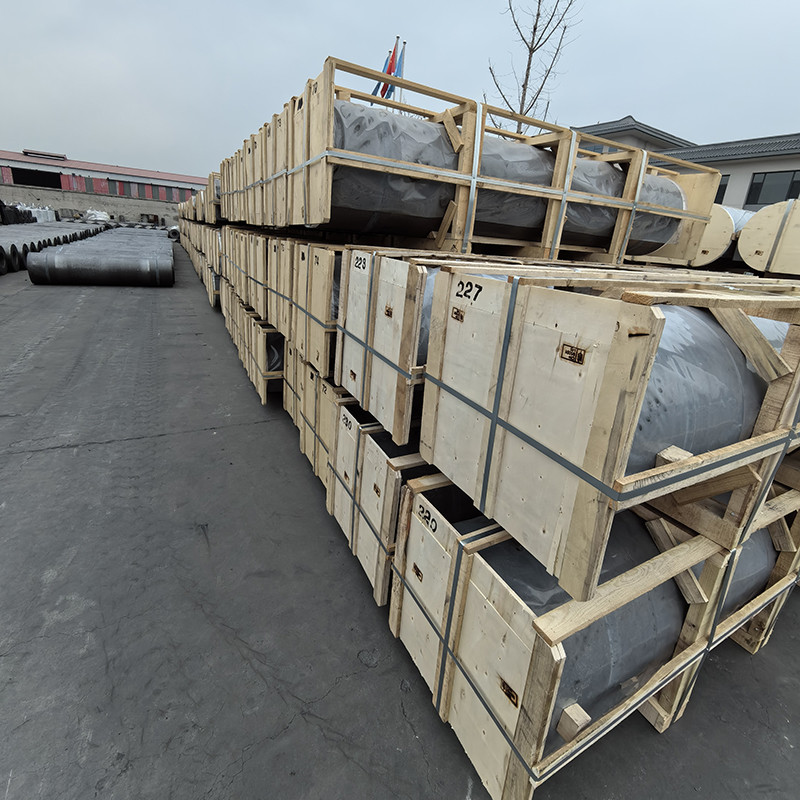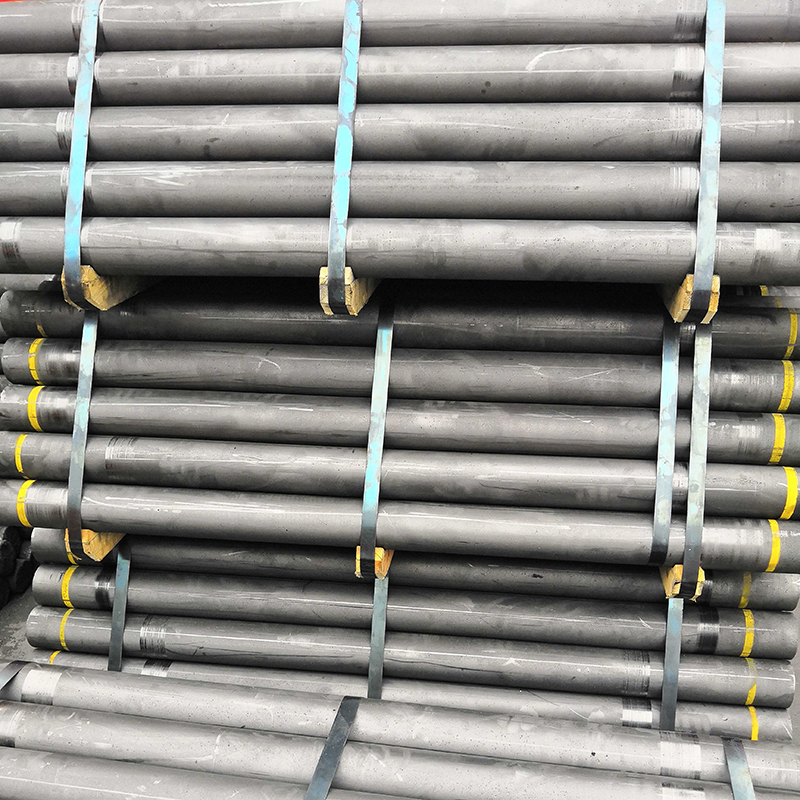- Chinese
- French
- German
- Portuguese
- Spanish
- Russian
- Japanese
- Korean
- Arabic
- Irish
- Greek
- Turkish
- Italian
- Danish
- Romanian
- Indonesian
- Czech
- Afrikaans
- Swedish
- Polish
- Basque
- Catalan
- Esperanto
- Hindi
- Lao
- Albanian
- Amharic
- Armenian
- Azerbaijani
- Belarusian
- Bengali
- Bosnian
- Bulgarian
- Cebuano
- Chichewa
- Corsican
- Croatian
- Dutch
- Estonian
- Filipino
- Finnish
- Frisian
- Galician
- Georgian
- Gujarati
- Haitian
- Hausa
- Hawaiian
- Hebrew
- Hmong
- Hungarian
- Icelandic
- Igbo
- Javanese
- Kannada
- Kazakh
- Khmer
- Kurdish
- Kyrgyz
- Latin
- Latvian
- Lithuanian
- Luxembou..
- Macedonian
- Malagasy
- Malay
- Malayalam
- Maltese
- Maori
- Marathi
- Mongolian
- Burmese
- Nepali
- Norwegian
- Pashto
- Persian
- Punjabi
- Serbian
- Sesotho
- Sinhala
- Slovak
- Slovenian
- Somali
- Samoan
- Scots Gaelic
- Shona
- Sindhi
- Sundanese
- Swahili
- Tajik
- Tamil
- Telugu
- Thai
- Ukrainian
- Urdu
- Uzbek
- Vietnamese
- Welsh
- Xhosa
- Yiddish
- Yoruba
- Zulu
- Kinyarwanda
- Tatar
- Oriya
- Turkmen
- Uyghur

making a graphite crucible
Understanding the Process of Making a Graphite Crucible
The art of making a graphite crucible often seems shrouded in mystery to those new to metallurgy. It's a process that requires a blend of precision, patience, and a deep understanding of materials. Many assume the task is straightforward, underestimating the nuances involved. Let's break down some of these steps and potential pitfalls, drawing from industry experience.
The Importance of Material Selection
Any conversation about graphite crucibles starts with the right materials. Choosing high-quality graphite is crucial. Impurities can compromise the crucible's stability under extreme heat. Hebei Yaofa Carbon Co., Ltd., a seasoned player in carbon materials, emphasizes the need for purity in their graphite products. The right carbon additives are key here, a lesson often learned the hard way by amateurs.
In my early days, I tried cutting costs by using lower-grade graphite—big mistake. It led to rapid degradation under minimal stress. From there, I leaned on suppliers like Hebei Yaofa Carbon Co., Ltd. for consistent quality. The website, yaofatansu.com, has been my go-to for sourcing.
It's not just about quality. Understanding the specific grade needed—be it UHP, HP, or RP—is also vital. Each has unique properties. Balancing these with the task's requirements was a turning point in achieving reliable results.
The Craft of Molding
The shaping of a crucible involves a well-thought-out mold. Mistakes here can lead to structural failings. Surprisingly, patience and precision in this step were not initially intuitive for me. A misalignment, even slight, can mean disaster when the crucible is put to work.
I recall a particular batch that, due to rushed mold preparation, developed micro-cracks. A fellow craftsman suggested alterations, which saved future pours. This practical insight into mold integrity is invaluable.
Design details, such as the crucible wall thickness, need careful consideration. This is where industry knowledge and experience truly play a role. Sometimes you have to learn from trial and error, adjusting based on the heat and stress levels you anticipate.
The Baking Process
Once molded, the drying and baking phase begins. Here, temperature control is just as critical as the initial material selection. Too rapid a heat-up and you'll introduce cracks or warps; too slow, and you waste resources.
Having equipment that allows gradual temperature increases is beneficial. Leaning on technology like precise kiln controls made a significant difference in my own practice. Over the years, I’ve gathered that success here often dictates the final product's robustness.
Each step carries its own challenges. The baking phase isn’t just about slapping the mold into an oven. It requires monitoring and adjustments, a task that becomes second nature with experience.
Testing and Quality Assurance
Inspecting the finished graphite crucible is as crucial as the crafting process. Detecting flaws early can save resources and ensure reliability in practical applications. Admittedly, identifying issues like hairline fractures came with practice and mentorship.
The wisdom of regular testing cannot be overstated. It's this attention to detail that differentiates a mediocre product from a superior one. Resources from industry leaders like Hebei Yaofa Carbon Co., Ltd. have underscored this—constantly testing and innovating.
At the end of the day, feedback loops between the creation and testing stages refine the process. The learning never truly ends—it's a cycle of continuous improvement.
Conclusion: The Ongoing Learning Curve
To sum it up, effectively making a graphite crucible requires meticulous material selection, attention to mold details, controlled baking processes, and rigorous testing. Each step presents its own set of challenges and learnings.
A manufacturer's experience, like that of Hebei Yaofa Carbon Co., Ltd., highlights the importance of using quality materials and refined techniques. Visit yaofatansu.com for insights and products that support this journey. Crafting crucibles is more than technique—it’s artistry, honed over time.
In this trade, every lesson learned adds depth to the craft. Engaging with seasoned experts and dedicating oneself to mastery makes all the difference.
Related products
Related products













